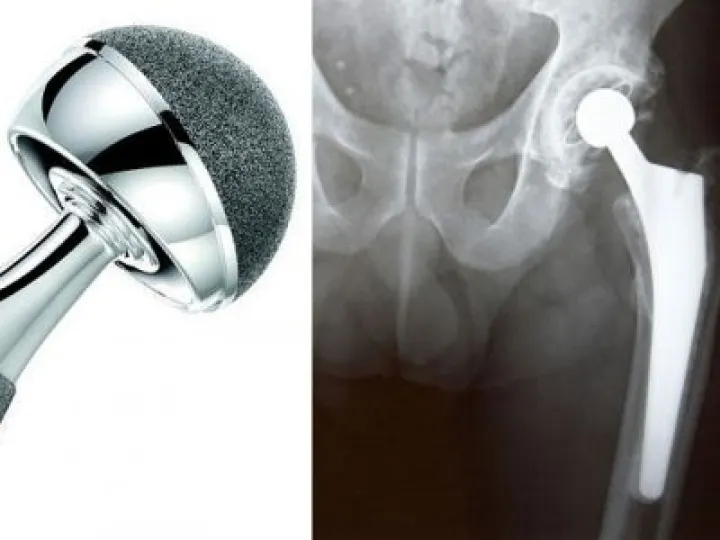New and unproved medical devices?
Almost 8% of all implants used in hip replacement surgery have no readily available evidence relating to their safety or effectiveness, finds a study published on bmj.com today.
The researchers say the current regulation process "seems to be entirely inadequate" and they call for a revised system for introducing new orthopaedic devices.
The high failure rate of some metal-on-metal hip replacements has highlighted the need for an adequate evidence base for orthopaedic implants. Many implants are available to orthopaedic surgeons, but it is not known how many of these have evidence of clinical effectiveness to support their use.
So researchers based at the University of Oxford set out to establish the number of hip replacement joints that have no readily available evidence of clinical effectiveness to support their use – and how many are being implanted in clinical practice.
Using data from the National Joint Registry (NJR) of England and Wales, they identified implants used in hip replacement surgery in 2011 that were rated "unclassified" or "pre-entry" by the Orthopaedic Data Evaluation Panel (ODEP) – the body that rates implants according to levels of evidence.
Implants termed "unclassified" have had no evidence submitted by the manufacturers, while "pre-entry" products have less than three years of evidence. Yet many are widely available for implantation by an orthopaedic surgeon.
The team then reviewed the medical literature to establish the level of evidence available for these implants.
The review showed that 10,402 (7.6%) of the 136,593 components used in primary hip replacements in 2011 were implanted without readily identifiable evidence of clinical effectiveness. These comprised 157 cemented stems (0·5% of those implanted), 936 uncemented stems (2.8%), 1,732 cemented cups (7.1%), and 7,577 uncemented cups (17.1%).
This is of great concern, say the authors, "particularly in light of the widespread publicity surrounding recent safety problems with regard to some resurfacing and other large diameter metal-on-metal joint replacements."
This is also likely to be an underestimation of the true problem, "as much of the evidence that does exist for the other unrated prostheses is of low quality or relates to short-term outcomes only," they add.
They suspect that the lack of good quality evidence in this area may be related to the rapid expansion in the number of devices introduced onto the market during the past two decades, as demand for hip replacement surgery increases worldwide, and the difficulty of conducting high quality randomised controlled trials with orthopaedic implants.
"This study shows that the need still exists for an improved and more rigorous approach to regulation of devices to avoid devices with no available evidence being used in a widespread and uncontrolled manner," they conclude.
In an accompanying editorial, researchers at Harvard Medical School argue that "the ability of manufacturers to promote devices or drugs that are authorized by regulators for widespread use but that do not have rigorous pre-approval data should be restricted."
They add: "physicians who adopt new technologies that have little or no evidence of superiority over existing products need to be educated about the implications of their choices. They should also ensure that their patients know about the benefits and risks of the new – but often unproved – medical devices that they are receiving."







